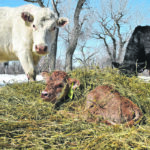I want to talk about two potential threats in Canada — foot-and-mouth disease and African swine fever. Both possess huge threats from an animal health perspective. There is no doubt COVID-19 has made the average consumer more aware of how viral transmission occurs, plus the steps we can take to mitigate its spread. The amount […] Read more
Tag Archives animal health — page 19
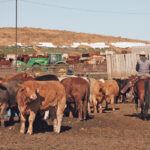
Cattle movement benefits from quality stockmanship
With the fall run in full swing, I’ve had the opportunity to be at a number of feedlots where they were processing fall calves. As I watched the processing crews, I was impressed at the stockmanship that I witnessed. There was no shouting, everybody was calm and quiet and animals were moved through the system […] Read more
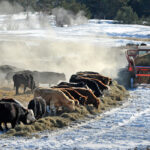
Animal-related public health issues may gain support
An enduring lesson of the COVID-19 pandemic will be that public health issues need stable support. We need to take the long view, even when not much is happening. By now, we are all comfortable with some basic epidemiological and public health concepts such as the idea of asymptomatic carriers, infection control practices and the […] Read more
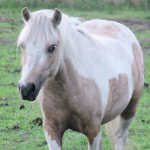
Managing weight in ponies critical for optimum health
It is tempting to classify ponies as small horses and treat them the same. They are the same species, Equus ferus caballus, but the smallest equines in our care have some unique characteristics that require particular attention for optimum health. Ponies are especially good at using their groceries to put on weight, making obesity a […] Read more
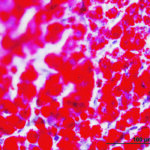
Fat tissue discovered to be major source of hormones
There is growing scientific interest in the role of fat tissue in health and disease. That’s important for animal health when you consider that obesity is a frequent and growing problem among pets and horses. Once dismissed as relatively unimportant tissue with limited function, fat is now having a moment. For most of modern medical […] Read more
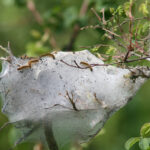
Tent caterpillars possibly linked to rare heart condition in horses
A new study from the University of Saskatchewan has identified a possible link between forest tent caterpillars and deaths in several horses. The case series of four horses was published in the July 2020 issue of the Canadian Veterinary Journal. All four horses were presented to the Western College of Veterinary Medicine’s Large Animal Clinic […] Read more
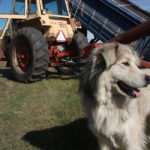
Dogs can be poisoned by common items found on farms
Common farm items can poison dogs, and to a lesser extent, cats. Cats tend to be more discriminant in their eating habits than dogs so are less often exposed. Antifreeze Antifreeze is one such farm item that can be particularly lethal to dogs that ingest it. The toxic ingredient in most types of antifreeze is […] Read more
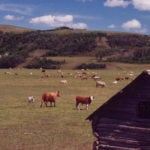
Sunburn can cause significant problems for livestock
With the arrival of summer when animals become more exposed to ultraviolet light, cases of photosensitization can occur. In ruminants (cattle, sheep and goats), many causes can be caused by ingestion of certain plant species. As well, infectious causes such as liver flukes or leptospirosis can spark cases. The bottom line is that liver damage […] Read more
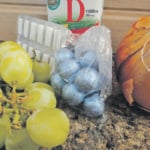
Common household items can be dangerous for dogs
Everyday household items can be surprisingly toxic to dogs. And with their curious nature and indiscriminate eating habits, dogs have ample opportunity to eat the things they shouldn’t. Chocolate Chocolate is one such toxin. Dogs are most often exposed during holiday seasons when chocolate is abundant in homes, such as Christmas, Valentine’s Day and Easter. […] Read more
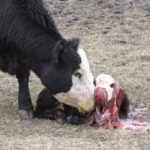
Copper deficiency in spring can lead to reproductive losses
It has been a relatively busy spring for our Disease Investigation Unit at the Western College of Veterinary Medicine in Saskatoon. The cases we’ve seen include scenarios of lead toxicity, abortions and several cases of unusual disease syndromes in young calves including neurological disease and blindness. After years of being involved in various disease outbreaks […] Read more



